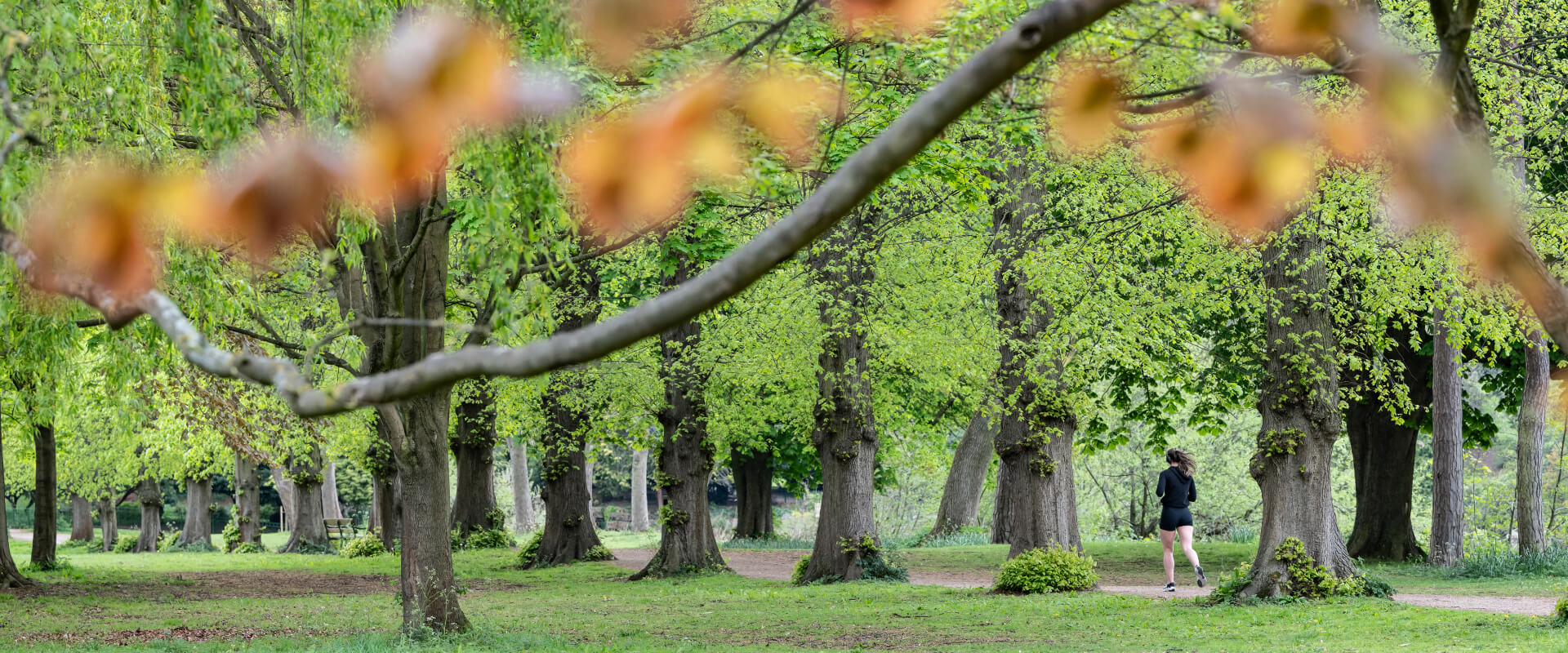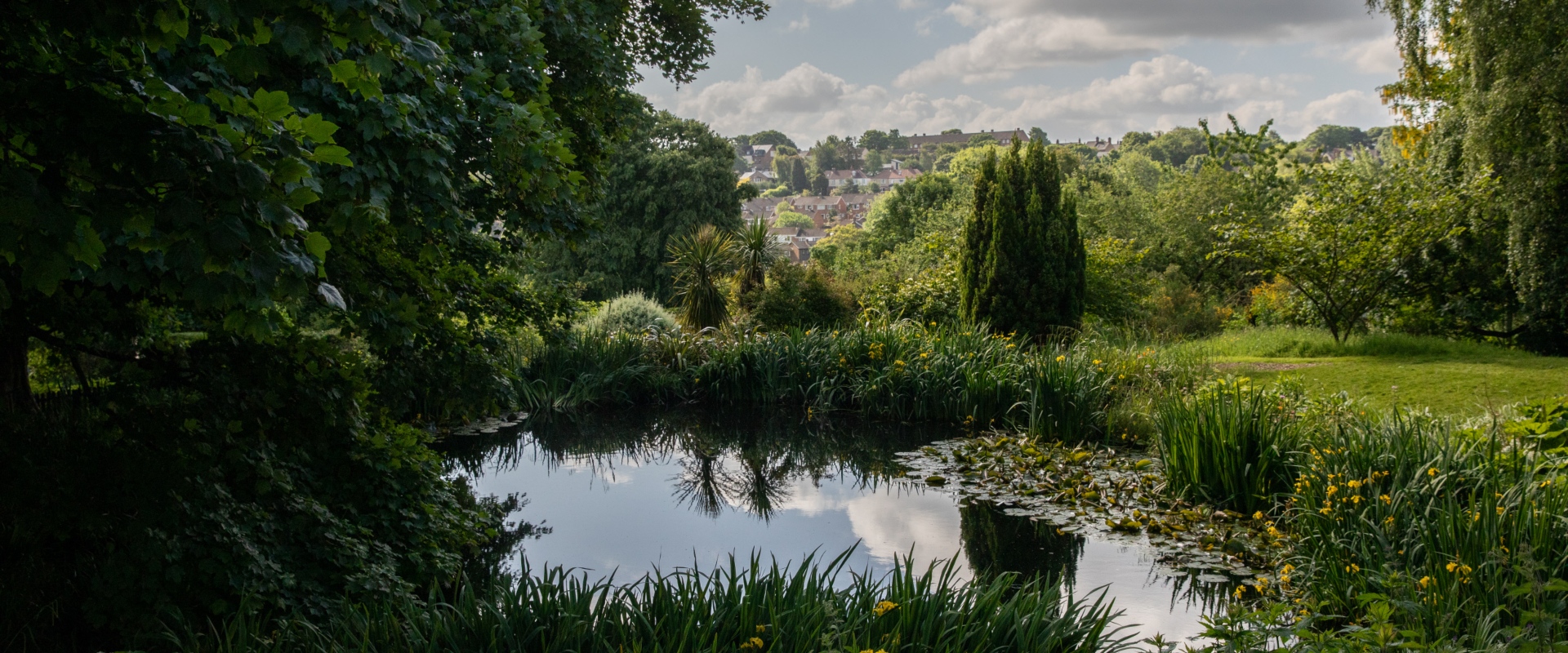
Nature makers: Katy Hawkins
12-08-2025
Meet the nature makers

12-08-2025
Meet the nature makers
Community Lead, Birmingham TreePeople

People and trees have a deep-rooted connection. From cultural symbol to wildlife super host, regular shady spot to a place to play, a single tree can carry many meanings.
They offer lots of social, economic and environmental benefits too. Read on to find out how Katy Hawkins, Community Lead with non-profit organisation Birmingham TreePeople, is helping to grow these benefits by planting trees with communities that need them most across the city.
Katy has been working with trees since 2017. “Back then I was running tree walks in south Birmingham, collaborating with poets to think about them from an arts perspective”.
Fast forward to the present day, and as community lead with Birmingham TreePeople Katy’s work still explores how people connect with trees.
It’s also about identifying areas with low tree cover and high tree loss, and working with local communities to change that through the principle of tree equity.
“Trees are vital for human health, ecological health and community empowerment” says Katy.
Using Birmingham TreePeople’s TreePlotter map, which shows areas of low and reducing canopy cover, Katy prioritises inner-city wards for tree planting projects that help deliver on all these points and more.
Working closing with a range of community groups and spaces in Alum Rock and Nechells, Katy’s work has not only delivered greater tree equity for the people there. It has also kick-started initiatives for better mental health, climate resilience and community spirit that put these areas of Birmingham – where people can feel forgotten – back on the map. Below are a few of the highlights.
A partnership led by Katy with Washwood Heath Academy Sixth Form has brought more street trees to Alum Rock and empowered young people to make environmental improvements in their city. The project gave pupils the opportunity to expand on their existing litter picks and street care to tackle other issues such as poor drainage. They learnt about the rich histories and symbolism of trees they were planting with support from Birmingham City Council, such as the towering tulip tree’s legacy as an intermediary between the earth and the sky.
Young tree planters at Washwood Heath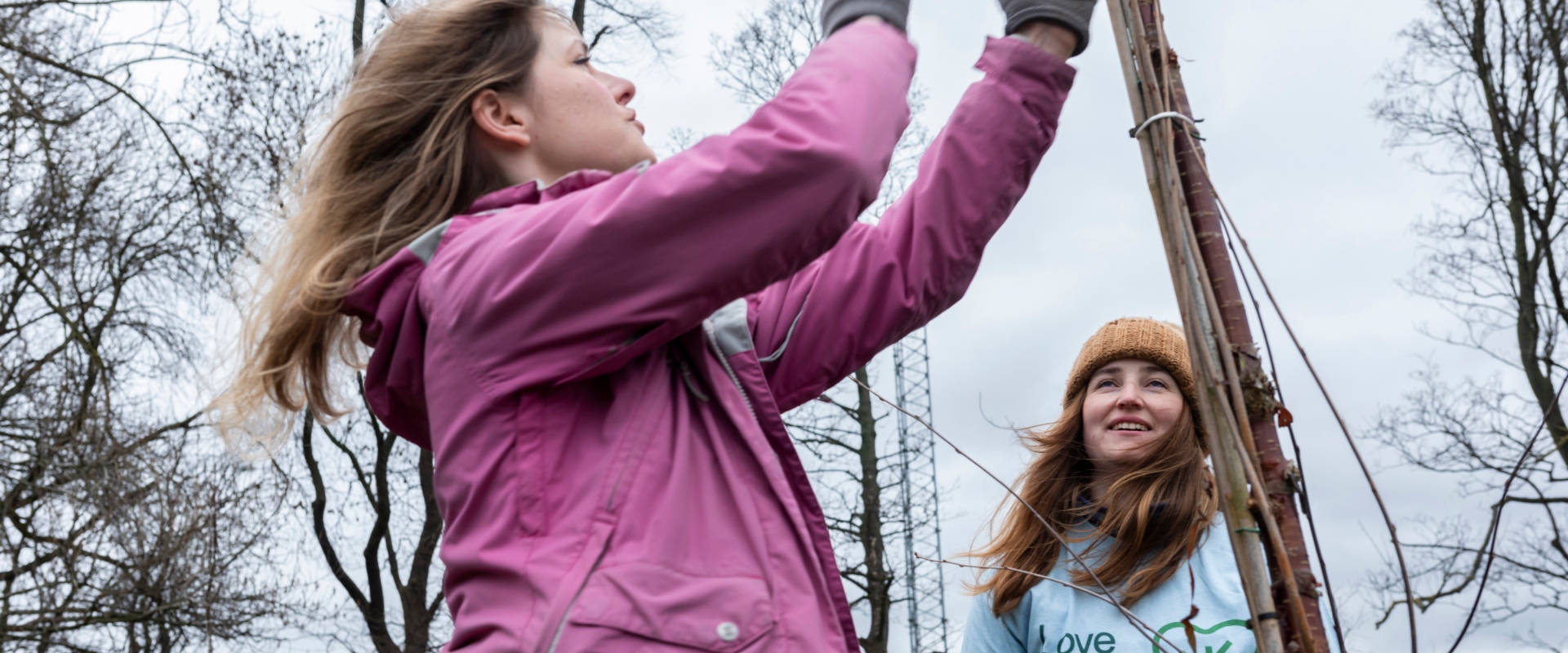
Over the course of a year, Katy worked with a group of Muslim women passionate about improving their local streets in Alum Rock from the Go-Woman! Alliance and Count Me In Forum. There were creative sessions to support women to get involved on their own terms, and community flyers to spread the word. The group learnt about tree herbal usage and symbolism, helping to plant ginkgo, sweet gum and peanut trees. There are tree walks, litter picks and tree watering sessions planned to keep the community spirit – and trees – alive.
Katy brought a local group from Women of Worth to St John’s House, a multi-faith space in Alum Rock, for a unique mix of tree magic, science and planting. Three new trees were planted at a celebration with collective painting, birch tea making and sharing of stories from around the world. Stories revealed the ways in which trees and tree-human culture play out in the women’s homelands, including wishing trees in Hong Kong, cultures of tree hosting in Sudan and the king of fruits and fruit tree in Pakistan - the mango.
More stories from St John’s HouseFour new trees planted at Norton Hall Family & Children Centre offer shade and a poignant memorial for the Alum Rock community. Three of these new leafy residents will provide essential shade for children enjoying games and Forest School programmes. Meanwhile a fourth tree planted in the memorial garden is a lasting testament to the memory of someone particularly special to the centre. Katy was supported again by Birmingham City Council in creating these welcoming spaces for everyone.
Katy continues, "I want tree planting to be good and people to feel proud”.
Here Katy shares five ‘insider tips’ to help bring the social and environmental benefits of trees for all.
“Don’t be afraid to reach out to the full network of tree-related workers in your area” says Katy. Stronger connections with the city tree-cosystem for Birmingham TreePeople have enabled them to overcome issues with consistent watering, for example, by engaging private contractors to fill the gaps. “We’re really grateful for the support of Birmingham City Council’s Woodland Team in helping us move and plant trees in the community too.”
“Find the meaning of trees to a specific area or community and build the programme from there”. Layer the plans for the short-term – “we always apply for two to three years of funding for tree watering” – and the long-term implications of trees living for decades to come. Research shows that larger, mature urban trees provide more benefits than their smaller cousins. Try to create the framework to help trees reach 80 and beyond so they can give more back in return.
Tools such as the TreePlotter map highlight opportunities to address low or falling canopy cover. But they only go so far in telling a community’s tree story. “It’s so important to spend time in areas to understand the challenges people face with trees too”. It could be roots causing difficulty for passing prams, slippery leaves underfoot or green giants taking up precious meterage in places where space is at a premium. “Talk to residents about what, where and how you plan to plant and work with them to co-create something that really works”.
“Urban planning influences all of my work”. “Inner-city space can be contested, so make use of existing infrastructure where possible.” In Katy’s case, one particular success here has been in working with Birmingham City Council and their local street tree contractor to secure permission to plant new street trees in existing tree pits. The council has also supported planting activity on housing land in Nechells, where Katy consulted existing maps and went on walks with local groups to identify where new trees were most needed.
Whilst reaching out to communities and planting on land owned by Birmingham City Council can go some way to bring the environmental benefits of trees to more people, private land plays a key role too. “One positive of planting on private land is that you can work with the owners or occupiers to care for the trees as ‘live-in stewards’” says Katy. And by planting on boundaries of these spaces, it’s still possible for the public to benefit from and enjoy them too.
Katy and the team at Birmingham TreePeople have built momentum and support for trees in the community in new, creative ways.
Watch the video to discover more about how they’re prioritising areas with greatest need for more equitable access to trees, and the benefits it’s delivered for people and places.
The buttons below have more from Birmingham TreePeople about their community engagement, tree equity work and Urban Forest Master Plan.
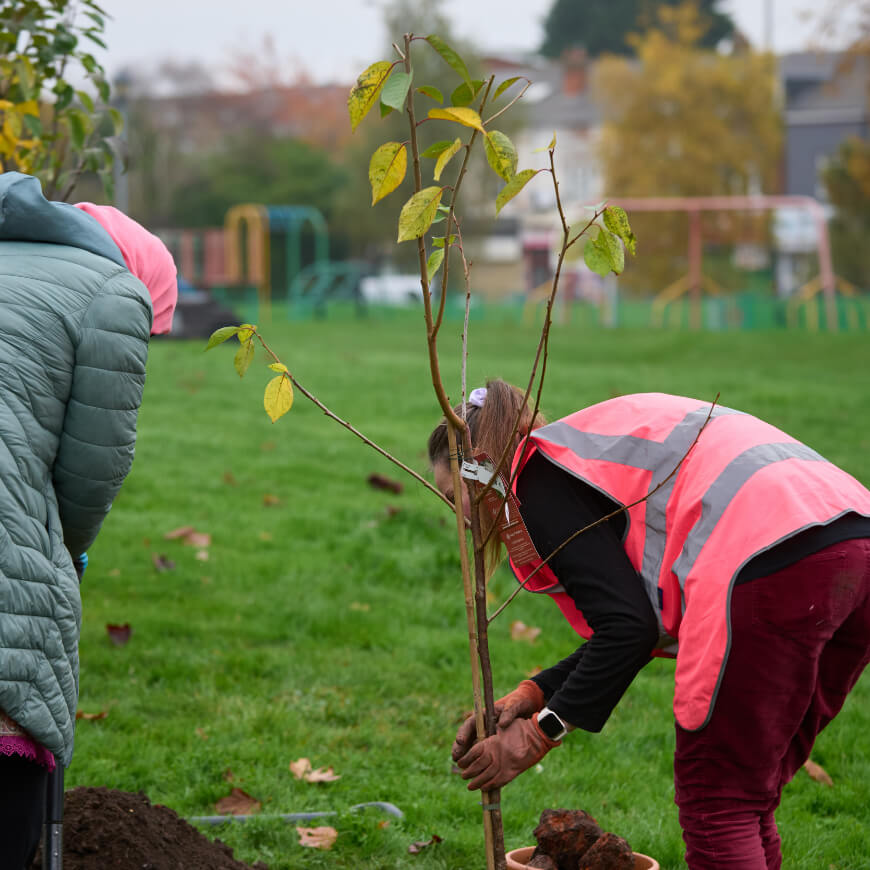
Click below for more resources to help create fairer urban forests in our towns and cities from the Urban Forest Accelerator programme, in which Birmingham TreePeople played a key role.
Get started with...
Case study
Guidance
24-06-2025
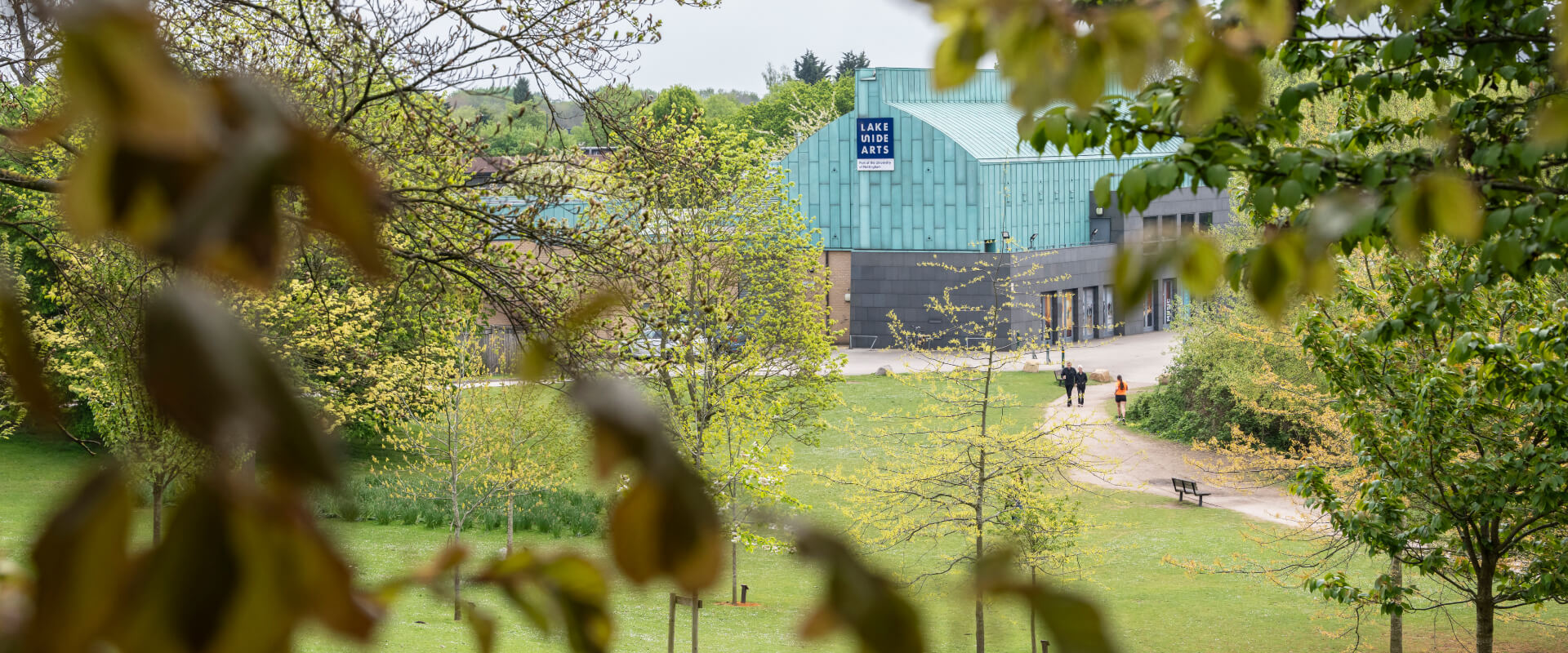
Get started with...
Case study
Guidance
24-06-2025

Get started with...
Case study
Guidance
24-06-2025
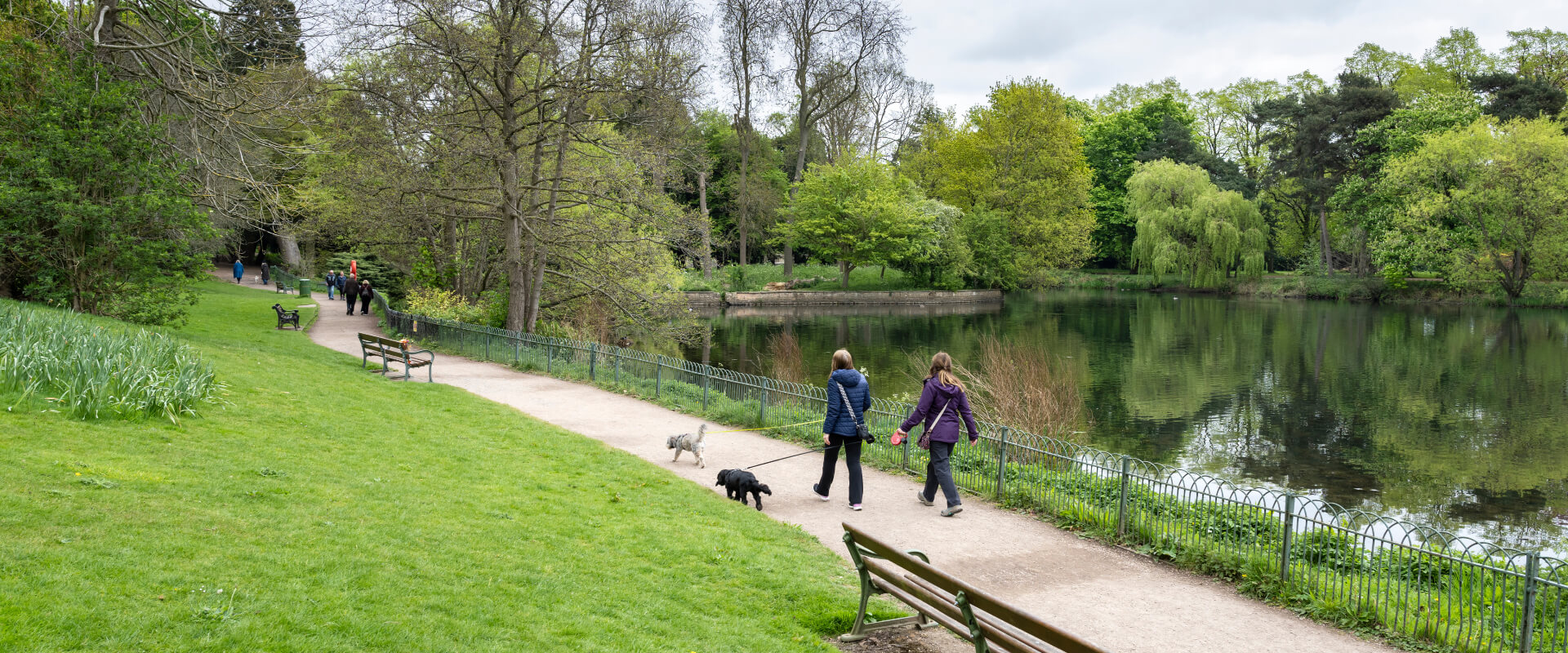
Get started with...
Guidance
24-06-2025
